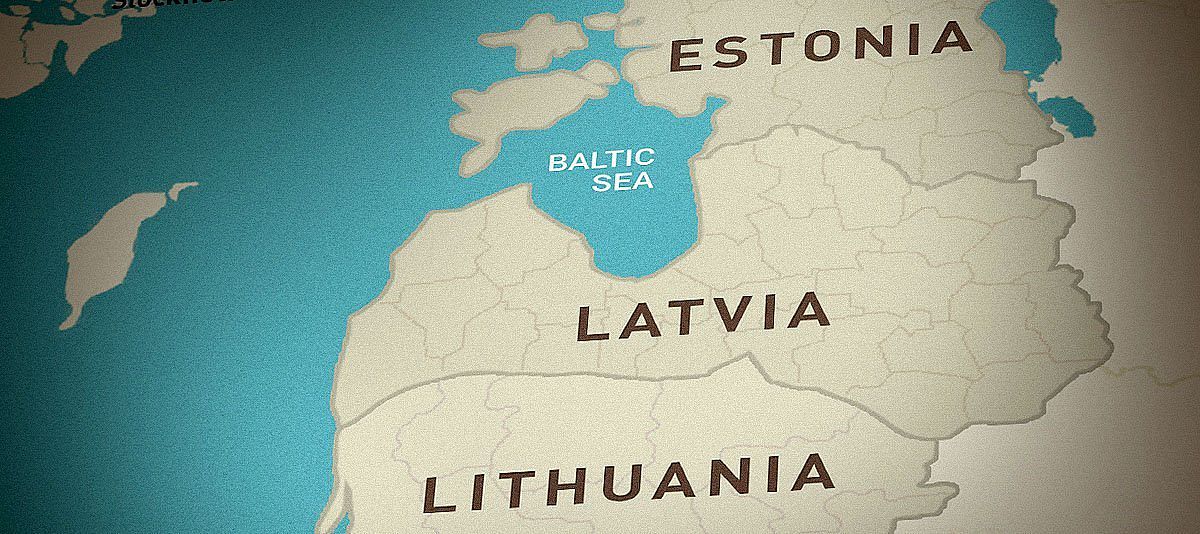Wood Mackenzie, a Verisk business released the Europe Gas: 5 things to look out for in 2022 report yesterday, highlighting key areas to watch which will shape the European and global gas markets for decades to come.
At normal weather conditions and with low Russian imports, European storage inventories will dropbelow 15 billion m3 by the end of March – a record low.
Prices will eventually come down as spring approaches, but requirements to refill storage facilities will be high at 20 - 25 billion m3 more than this year.
Kateryna Filippenko, Principal Analyst, European gas research, said:
- Without additional Russian imports, the ability to refill depleted storage and to avoid a repeat of last year’s crisis will be limited
- But Gazprom has so far been reluctant to make more gas available on the existing routes and the start-up of Nord Stream 2 remains the big unknown as Gazprom navigates regulatory approvals
- Cold weather in Europe could exacerbate the situation further, adding up to 10 billion m3 to gas demand through the rest of the winter, pushing storage levels to zero unless more Russian gas is supplied, and Europe may have to tap into cushion gas to balance the market
- Normal winter weather, including in Asia, and visibility on Nord Stream 2 commissioning would push prices down, although demand for storage (and high carbon costs) will maintain prices above $15 mmbtu
In 2020, storage was able to absorb a large excess in supply whereas in 2021, extremely high gas pricing discouraged the injection of gas through summer leaving the region with historically low inventories for the winter.
Graham Freedman, principal analyst, European gas research, said:
- Exceptionally cold weather in the Northern Hemisphere could again leave Europe with a supply deficit
- Questions are being raised about the importance of having gas storage in the overall mix of sources, and how storage operators and owners should be rewarded in the future
- A new EU strategic storage policy will require an overhaul of regulations which significantly vary from country to country
- Places such as Italy and Hungary already have well-established strategies to supply the market in the event of a supply shortage, others do not
- Therefore, a framework is required to ensure consistency across the industry
But the current crisis has shown that this path can have drawbacks – security and affordability of supply foremost among those which could impact the region.
About 49 billion m3 of import contracts into Europe will expire this year.
Out of these, 21 billion m3 will be Russian piped contracts.
Some of these will not be extended such as PGNIG’s 10 billion m3 contract with Gazprom as Poland moves away from Russian gas.
Penny Leake, Research Analyst, European gas research, said:
- With the possible start-up of Nord Stream 2, we may see some new long-term contracts signed along the pipeline’s route
- Potential concerns over the long-term exposure to Russia, coupled with the crisis-driven worries over supply security and diversification, may push more players towards LNG contracting
- Both oil-indexed and Henry Hub plus long-term LNG contracts will be at a considerable discount to local spot prices through to 2025/6, making them an attractive option for European players
- But negotiations over the prices and structures of these contracts will be complicated
- Utility companies will need to commit to a long-term duration contract if they are to take advantage of the current spot price premium, which could prove risky
Record prices pushed gas producers to prioritise gas developments that can provide immediate flexibility, and the prospect of tight gas market in the coming years may revive investments into new gas supply options.
Conner McKinney, Research Associate, European gas research said:
- Some operators may see this time as ‘now or never’ for their projects, particularly inspired by the possibility of high prices. Temporary tax packages offered in Norway last year will encourage more FIDs including King Lear, Asterix, Dvalin North and Linnorm
- Maximising flexible production through increased permits for Troll and Oseberg will also be a focus and some operators may prioritise gas sales over gas reinjection, like Equinor at Gina Krog
- While new FIDs are more uncertain due to ESG pressures in the UK, the sustained market tightness expected over the next few years may impact decision-making in other parts of Europe
- In Romania, progress towards FID for the giant Neptun Deep project has been delayed since 2019, not least by fiscal and regulatory deterioration
- It has the potential to produce more than 6 billion m3 a year at plateau and transform Romania to a net gas exporter, but for this to materialise, fiscal and regulatory improvements are required
- The prolonged prospect of high prices could further encourage Romania’s government to speed up change
Expert advisers have until 21 January to provide feedback which may result in changes to the proposed text.
Claire Spencer, Research Associate, European gas research, stated:
- As it stands, financial and non-financial investors will be able to increase their corporate ‘green scoring’ by investing in gas, including outside Europe, disclosure will be key
- Other countries developing similar taxonomies would be emboldened to include gas too, particularly in Asian markets where coal still dominates
- However, the EU recognition of gas power plants as a transitional investment is no panacea for the gas industry
The use of unabated natural gas in the EU is set to decline, even if the EU classifies investments in gas-fired plants as transitional investments.
Author: Elizabeth Corner







